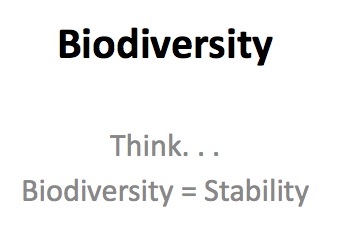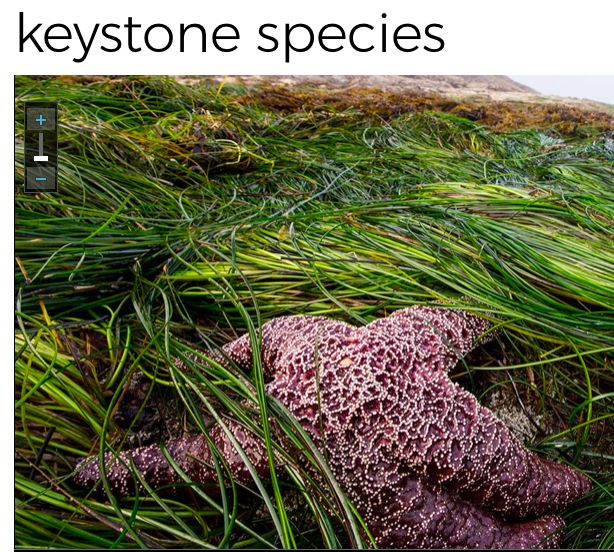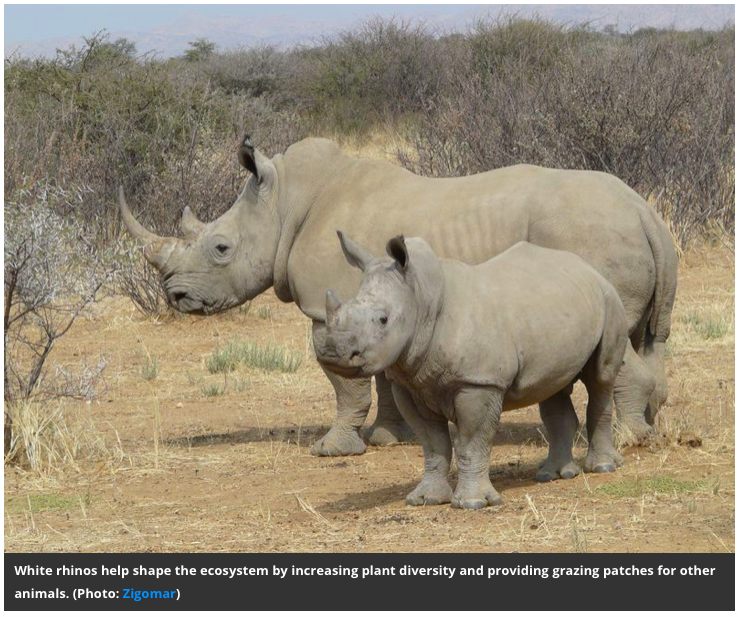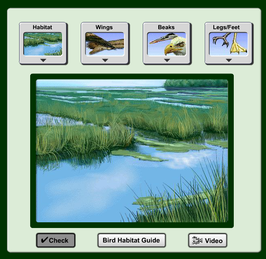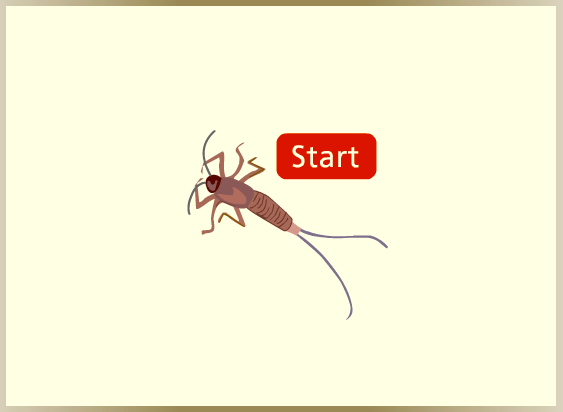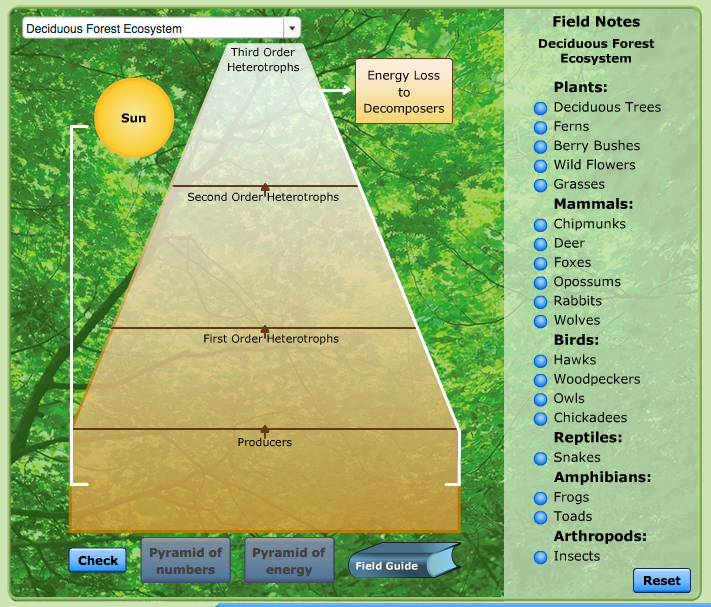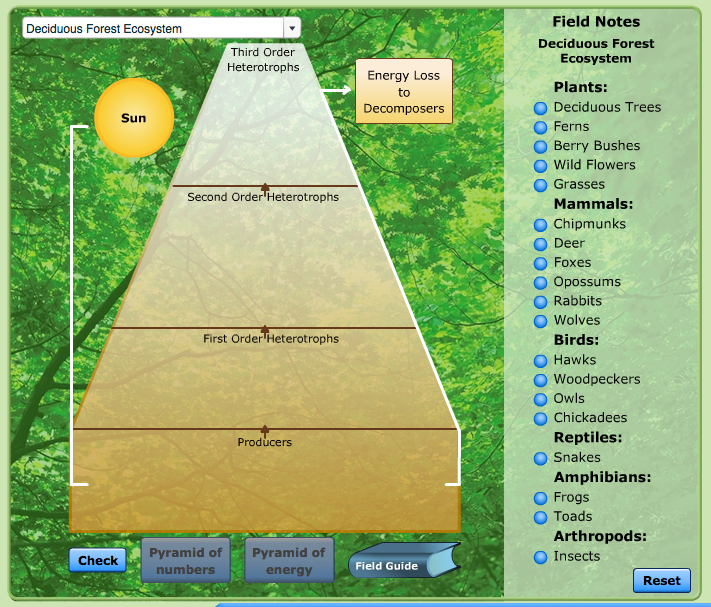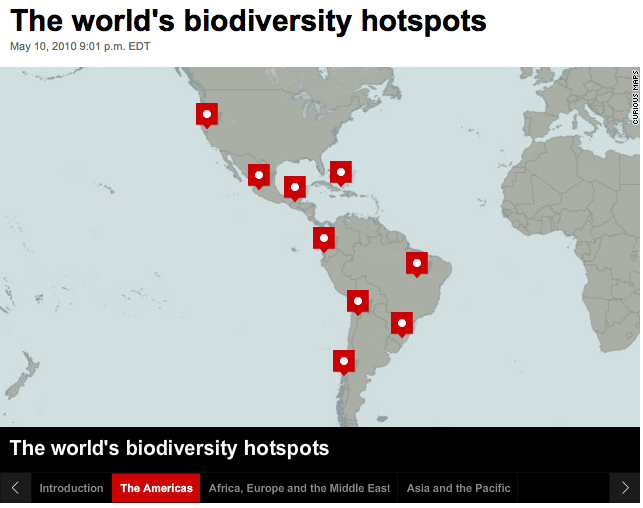BiodiversityIdeally, field experience is best when learning about ecosystems however circumstances may limit this possibility. This activity is equipped with a virtual interactive to be used remotely or in a 1:1 classroom setting as a virtual lab. The interactive was created by me through Google slides and does not require any flash support. This is a real application of how biodiversity may be used to identify the health of an environment as well as how higher biodiversity supports an ecosystem. After completion, students should have a better understanding of the methods and purpose of measuring water quality through macro-invertebrates as well as the importance of biodiversity within an ecosystem. Students use the free resource, Model Ecosystems, provided by McGraw Hill's virtual labs as well as a spreadsheet included in the download to analyze and compare the biodiversity of different ecosystems. This resource is a good introduction to Simpson's Biodiversity Index, species richness, and the relative density of separate species analyzing how they relate within an ecosystem. |
Biodiversity |
